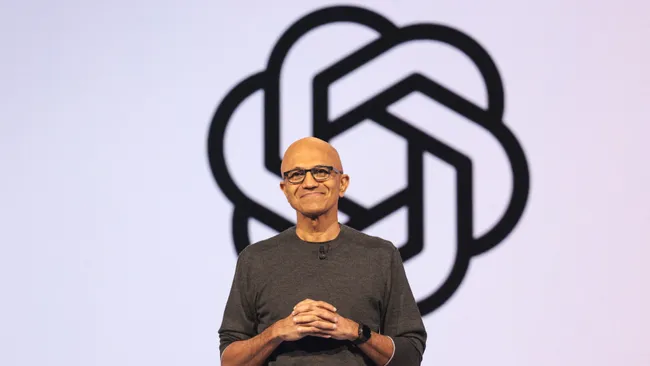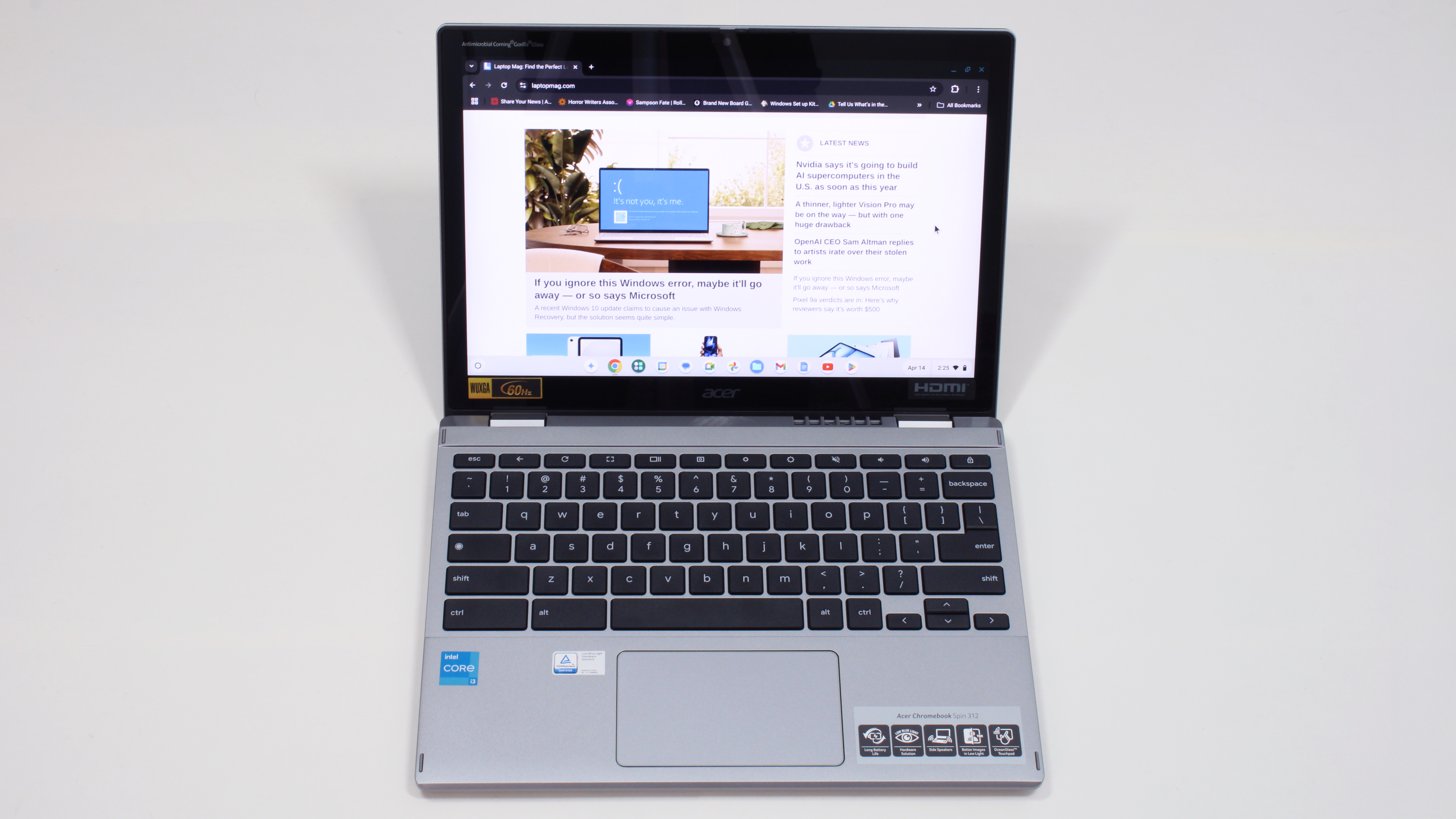The Microsoft-OpenAI "rivalry": the beginning of a split, or is the relationship evolving?
The tech world’s favorite AI power couple is starting to look more like frenemies.

When Microsoft quietly listed OpenAI as a competitor in its August 2024 annual report, the headlines wrote themselves: The tech bromance was over. After all, how can you pump $13 billion into a start-up and then publicly call it a threat in search and AI products?
But fast-forward a few months, and that narrative already feels more complicated. Despite a swirl of strategic tensions and overlapping ambitions, Microsoft and OpenAI remain deeply intertwined — financially, technically, and even philosophically.
So, is this rivalry the beginning of a split or just a sign that the relationship is evolving?
When partners double as competitors
Yes, it’s true that OpenAI now builds tools that compete with Microsoft’s. Its new enterprise offerings go toe-to-toe with Microsoft 365 Copilot, and its SearchGPT prototype challenges the Bing-GPT combo Microsoft once hoped would take market share from Google.
And yes, Microsoft is diversifying. It’s growing its own AI division under DeepMind co-founder Mustafa Suleyman, rolling out compact in-house models like Phi, and making Copilot more model-agnostic by the day.
But it’s not as messy as it sounds. If anything, both companies are adjusting to a new reality: They’re no longer co-dependent but rather complementary.
Nadella and Altman are still in sync
Microsoft CEO Satya Nadella hasn’t flinched, either. “Any company that’s gone from research lab to product giant will change — and we’ll change too,” he told Bloomberg, reiterating that Microsoft is still OpenAI’s largest infrastructure partner.
Sign up to receive The Snapshot, a free special dispatch from Laptop Mag, in your inbox.
OpenAI CEO Sam Altman echoed the sentiment. He described the relationship as anything but antagonistic, saying the companies are “super aligned” in wanting widespread model adoption while speaking to the Wall Street Journal. And despite being free to explore other cloud providers, Altman affirmed OpenAI would still do “a lot, a lot” of compute on Azure.
Even Microsoft’s “right of first refusal” clause on OpenAI workloads shows the partnership still carries serious legal weight. If OpenAI wants to go elsewhere, Microsoft gets the first bid. They also get a shot at future OpenAI workloads before other providers do.
Competition doesn’t mean collapse
The biggest takeaway here is that this isn’t a falling out between the two companies. Indeed, it’s quite the opposite; it’s two giants adjusting to their respective successes in the burgeoning AI space..
Ultimately, Microsoft appears to be planning for flexibility. It doesn’t want to be boxed into OpenAI’s roadmap, and it’s building a Plan B. But it still profits from every ChatGPT interaction and holds valuable licensing rights through 2030.
OpenAI, meanwhile, is scaling fast and needs more than one cloud partner. Projects like Stargate — its $500 billion infrastructure push with Oracle and others, which Microsoft is a partner of — reflect ambition, not rebellion.
What happens next?
OpenAI wants to renegotiate Microsoft’s revenue share (reportedly looking to cut it in half by 2030), and Microsoft has already pulled back some planned infrastructure expansion. That’s just business. It doesn’t mean that the relationship has soured.
At the end of the day, both OpenAI and Microsoft are running the same race. Don’t think of them as rivals but as relay partners who sometimes pass the baton and sprint side by side. Rivalry? Sure, there’s naturally going to be elements of that. But it’s not enterprise warfare. If anything, it’s a pragmatic and entirely predictable evolution of one of tech’s most productive alliances.
The bottom line: It’s not a breakup. It’s just two behemoths figuring out how to stay friends while also growing up. The partnership dynamics might have changed, but it’s not over, and they’re still making money from each other’s wins.
That’s a rivalry both sides can undoubtedly live with.
More from Laptop Mag

Luke is a freelance writer and journalist. Although his background is in legal, he has a personal interest in all things tech, especially hardware and microelectronics, and anything regulatory. Aside from Laptop, he contributes to publications including All About Circuits and EE Power.
